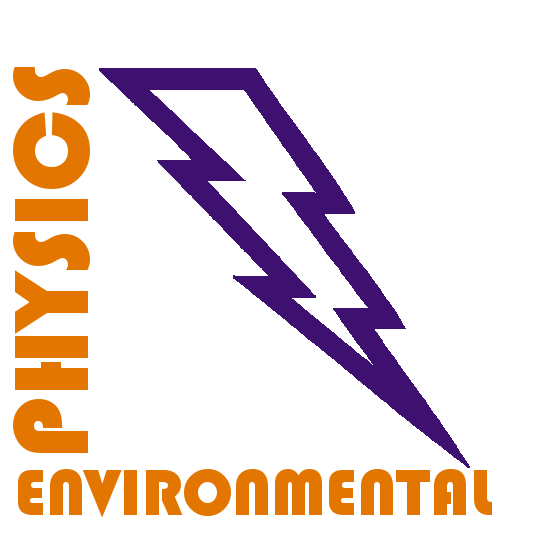Transport of Gaseous Species H2O2, HNO2, NO2, NO, and O3 into Water Microdroplets
Hassan M.E., Janda M., Machala Z.
9th International Conference on Plasma Medicine ICPM-9, Utrecht (The Netherlands), June 27-July 1, p.141 (2022)
download
|
|
Abstrakt: Plasma-activated water solutions are the outcomes of plasma–liquid interaction, containing solvated reactive oxygen and nitrogen species (RONS) created by plasma in contact with water [1]. They have many potential applications in disinfection, cancer therapies, and plant growth stimulation. Liquid aerosol is one of the efficient ways to enhance the transport of RONS into the water. Under equilibrium conditions, the solubility of the gas species in liquids is given by Henry’s law solubility coefficient (KH) where the achieved concentration of each gaseous species dissolved in the aqueous phase is significantly different [2].
This work presents investigations of the transport mechanism of gaseous RONS into water microdroplets: H2O2, HNO2, NO2, NO, and O3, having different KH, generated by several external sources separately. Aerosol of deionized water microdroplets are produced in two ways. First: a mist of non-charged microdroplets of the same sizes (~5 μm) using the compressor nebulizer. Second: electrospray of charged microdroplets with polydisperse sizes (~10-300 μm) produced by the positive dc high voltage applied on the hollow needle electrode where the water flows through.
The solvation of the gaseous RONS into the electrosprayed charged microdroplets is enhanced by increasing the applied voltage which increases gas-water interface surface area [3]. H2O2 was solvated in water 4 (not 7 as predicted by Henry’s law coefficient) orders of magnitude more efficiently than O3 due to the insufficient amount of gaseous H2O2 which is completely depleted from gas phase [4]. HNO2 is solvated into the water as a dominant source of NO2¯ with 3 orders of magnitude higher than O3, which corresponds well with Henry’s law coefficient [5]. NO2 is solvated in water also making aqueous NO2¯, with 2 orders of magnitude higher efficacy than O3, despite similar Henry’s law coefficients, due to the quick diffusion of NO2¯ into the liquid bulk volume. NO is also better soluble than predicted, especially at higher voltages where a weak corona discharge is ignited and a small amount of highly soluble HNO2 is probably produced by OH radicals interacting with NO. H2O2, NO, and O3 are dissolved better in the non-charged microdroplets than in the charged microdroplets due to the smaller size and larger surface-to-volume ratio. The solvation of HNO2 and NO2 as NO2¯ is influenced by the conversion of NO2¯ to NO3¯ in water. Based on the obtained results, the solubility of gaseous RONS is not determined purely by Henry’s law. These results can lead to a better understanding of the transport mechanism of gaseous RONS generated by plasma into the water and will enable optimization of plasma–liquid interaction systems.
This work was supported by Slovak Research and Development Agency APVV-17-0382, Comenius University grants no. UK/118/2021 and UK/141/2022, and Faculty of Mathematics, Physics, and Informatics, Comenius University in Bratislava.
References
[1] P.J. Bruggeman, et al, Plasma Sources Sci. Technol., 25, 10 (2016).
[2] J. Kruszelnicki, et al, J. Phys. D. Appl. Phys., 52, 355207 (2019).
[3] M. Janda, et al, J. Appl. Phys., 129, 183305 (2021).
[4] M.E. Hassan, et al, Water, 13, 182 (2021).
[5] M. Janda, et al, Appl. Sci., 11, 7053 (2021).
|

